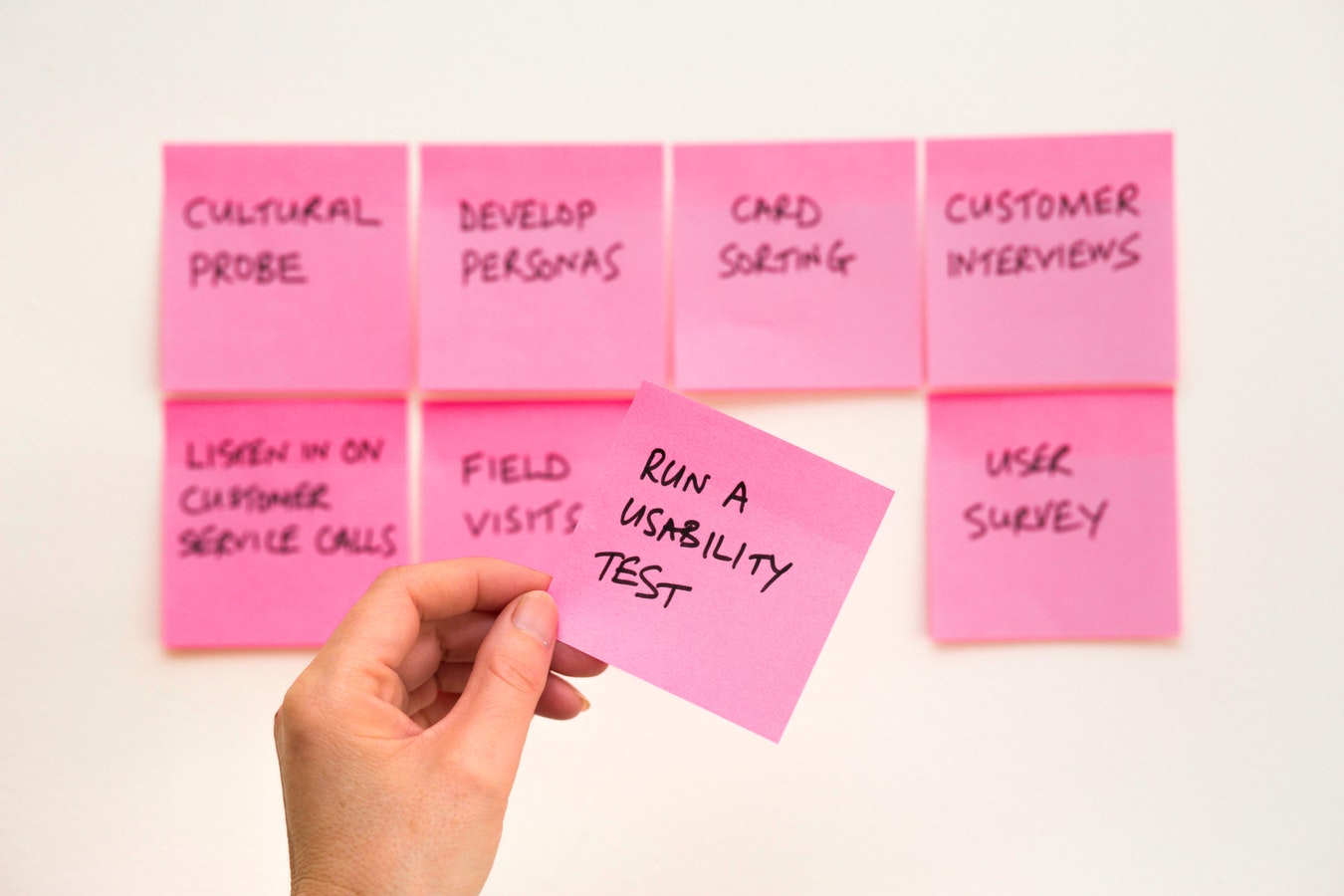According to this definition, usability is the ease to access and/ or use a program or website. I’d extend this definition to other stuff we see day by day, such as emergency doors, teapots, windows, and so on. We say the more intuitive it is to use something, the better its usability. Usability is important not only to make sure users can actually use our product, but to make sure they like using it and that they’ll keep doing so.
But how can we ensure our product has a good usability, specially in our context? There are several heuristics to follow while building a product design, but a very important weapon to achieve a great usability is to test the product with representative users, and it is also recommended that those tests are done iteratively, in such way that the feedbacks help improving the product design until you reach the best result. Usability testing also helps finding out if a new feature is a good feature to the user, discovering bugs and other benefits that not necessarily are connected to the product’s usability.

How to test usability?
You can test usability by choosing users to do some tasks inside the program/ website you want to test, but you don’t have to have already a software or a new design implemented. It all depends on what you want to test. If you want to test a not-implemented feature or design, you can simply prototype the screens you want to test on a paper or the computer and simulate the software behavior to the users, telling them to complete some specific tasks and seeing how they respond to them. You can learn a lot by collecting their opinion and listening to them thinking out loud while they execute the tasks (so that you can follow their rationales and know what they feel about the software).